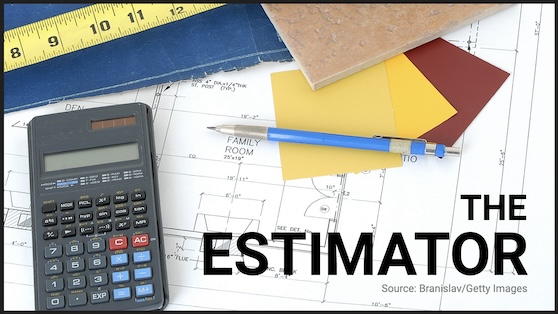
Articles
Features
Careers
The Estimator
Wiring - Cabling - Devices
Training: expense or investment? – The Estimator, June 2024
July 15, 2024 | By John F. Wiesel and Dan Beresford
What if you don’t train your employees, and they stay?

July 15, 2024 – How do you account for training costs in your electrical contracting business? The first thing you need to decide is whether training is an investment or an expense. As a business owner or manager, every item that costs you something needs to be considered against the benefit it brings to the company (its potential ROI).
You may be thinking: “What if we train our employees, and they leave us? Where’s the ROI in that?”.
While that may occur, a scarier consideration is this: What if you don’t train your employees, and they stay?
We see training as an investment in both people and your business.
Here is something to think about: You are bidding on a job that includes electrical systems for which your team has had no training and has no experience. Do you estimate the job based on your team’s current capabilities and hope for the best, or do you add time and costs to the job to cover the training that your team needs? Will that training open more opportunities for you?
It may be difficult to stomach when you see these costs as biting into your bottom line, but remember that a well-trained team will consistently outperform a team with little to no training. This improves your team’s morale, job satisfaction, and loyalty, as well as improving your product and, ultimately, your bottom line.
In our industry, a problem we regularly run into is balancing training needs with available time and money. When there is money for training, there seems to be no time; when there is time, the revenue may not be there to support it.
Some examples of training that could be seen as expenses may include Safety, Lift Training, H2S—basically, anything that costs you money and time but may not create efficiencies or immediately obvious ROIs. Yet all of this training is important and necessary, and should be properly accounted for when burdening your labour.
For Safety training, it can be as simple as adding a percentage point onto the overall labour and, for any specific training, adding that cost as a direct line item.
Other training is initiated with the intention of creating efficiencies and value for your team, clients, and bottom line. This could include Project Management, Estimating, Software, Lean initiatives—anything that will improve your processes and help reduce costs while turning out the same or a better product.
These types of training typically aren’t required or enforced by any government agencies or clients, but rather fall on the ambitions of the people doing the work and the companies for whom they work.
Training costs may be eligible to be claimed on income tax, and government grants exist that can help you reduce the costs of many training opportunities. Before possibly deciding against a specific training, check for government funding that could help you with the cost. We recommend going online and searching for “federal provincial job training grants” in your area..
John F. Wiesel is the president of Suderman Estimating Systems Inc., and has been estimating and teaching estimating since the early 1980s. Dan Beresford served as an electrician in the Canadian Navy, then worked in various roles in the electrical sector before joining Suderman.
You’ll find all Back Issues of Electrical Business Magazine in our Digital Archive.
Print this page
